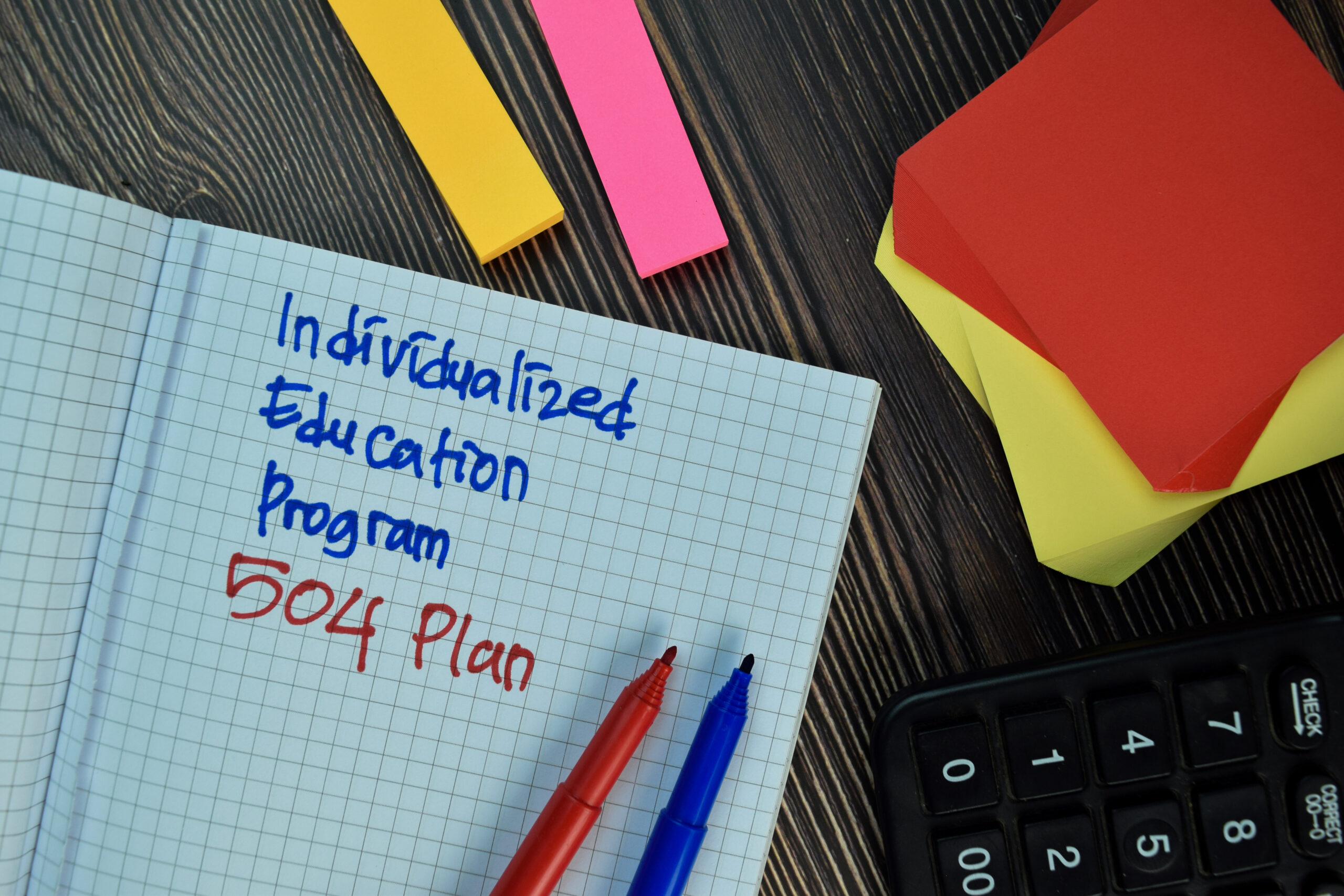The Limits of Standardization
As a lifelong educator and educational therapist, I’ve worked with students across a wide range of abilities, backgrounds, and needs. One thing has become increasingly clear to me over the years: standardization may serve systems, but it does not serve children. The traditional bell curve, which places students on a spectrum of “above,” “average,” or “below,” cannot begin to capture the complexity of who a child is or what they’re capable of becoming.
We must move beyond labels and numbers to embrace the idea of educating the whole child—nurturing not just academic performance, but emotional well-being, creative expression, social growth, and moral development. Personalizing education is not just a trend; it’s a necessary shift if we are to raise empowered, empathetic, and resilient young people in today’s complex world.
Understanding the Whole Child
To personalize education, we first need to understand what it means to educate the whole child. A whole-child approach considers more than test scores or curriculum benchmarks. It asks:
- Is the child emotionally safe and supported?
- Are their interests and talents being nurtured?
- Do they feel connected to their peers and the world around them?
- Are they developing a sense of purpose?
These questions aren’t extra—they’re essential. When we meet students where they are, we not only improve learning outcomes, we empower them to thrive in every area of life.
Personalization in Practice
Personalized education doesn’t mean 30 different lesson plans for 30 different students. It means knowing your students well enough to adapt how you teach, not just what you teach. In my classroom, personalization has taken many forms—from flexible grouping and choice-based assignments to open-ended projects and multi-sensory learning tools.
One of the most effective strategies I’ve used is looping—teaching the same group of students for more than one year. This model deepens trust, allows for individualized growth, and creates a learning environment where every child feels seen. I’ve had students return year after year, not because of convenience, but because their families believed in the power of a relationship-based, responsive classroom.
The Role of Emotional and Creative Development
Too often, academic growth is prioritized at the expense of emotional and creative development. But children do not learn well when they are anxious, disconnected, or uninspired. Creativity and emotional expression must be part of the learning journey—not afterthoughts.
Throughout my career, I’ve used storytelling, art, and collaborative writing as tools to engage students on a deeper level. One of my proudest moments as an educator was when a class-authored book we created together was published and recognized nationally. Every student in that classroom became an author. Every voice mattered. And in that process, students learned not just literacy skills, but confidence, collaboration, and compassion.
Supporting Gifted and Struggling Learners Together
Another benefit of personalized learning is that it allows educators to reach both ends of the academic spectrum—gifted students who need enrichment and struggling learners who need support. As a former member of the California Board for Gifted Students, I’ve seen firsthand how gifted students can be overlooked when their needs aren’t met. Similarly, I’ve worked with students who faced immense challenges yet flourished when given personalized support.
We must abandon the false idea that a single strategy works for all learners. Differentiated instruction, project-based learning, and flexible assessment allow each student to access the curriculum in ways that align with their strengths and challenges. Education should never be a race to the top; it should be a journey of individual discovery.
Beyond the Classroom: Involving Families and Communities
Personalizing education doesn’t end at the classroom door. Families and communities play a vital role in supporting the whole child. One of the most impactful programs I’ve developed involved arts-based learning for children living at the Ronald McDonald House while receiving medical treatment. These children, often in fragile health, found joy, confidence, and healing through creative expression.
Bringing the community into the learning process—and taking learning out into the community—enriches education for everyone involved. Parents become partners, and children see firsthand how their learning connects to the real world.
The Need for Systemic Change
To truly move beyond the bell curve, we need more than passionate teachers—we need systemic change. This means rethinking how we assess success, allocate resources, and support educators in the field. High-stakes testing and rigid curriculum pacing guides often force teachers to teach to the middle, rather than to the child in front of them.
We must advocate for flexibility, professional development, and policies that prioritize the full development of each student. When teachers are empowered, students are empowered. And when students feel valued for who they are—not just how they score—they rise to meet their greatest potential.
Every Child is a Universe
Every child is a universe of possibility, and it is our responsibility as educators to light the path ahead—not by standardizing it, but by personalizing it. Beyond the bell curve lies the truth we must all embrace: children are not numbers. They are thinkers, feelers, creators, helpers, dreamers.
By personalizing education and nurturing the whole child, we don’t just raise better students—we raise better humans. That is the future I believe in, and the one I will continue to work toward every day.
